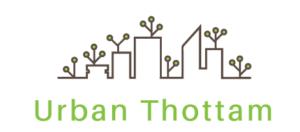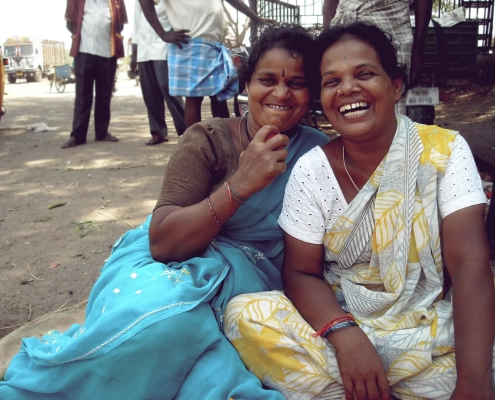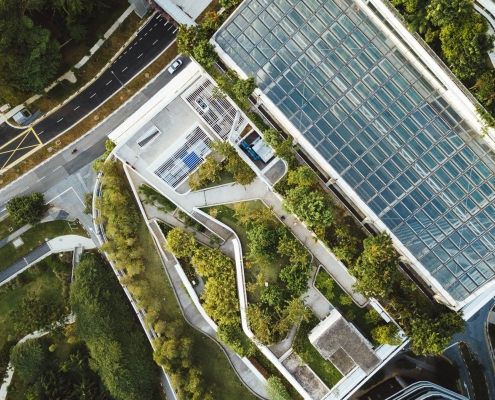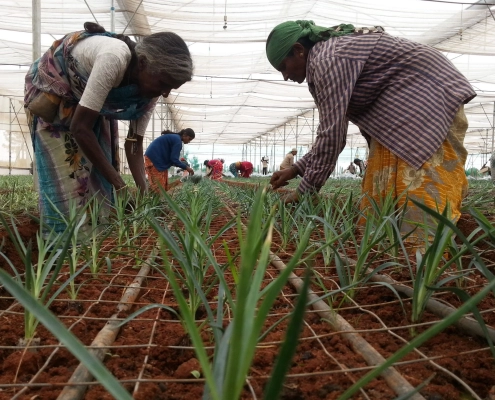Energy & Carbon Sequestration
Urban farming can improve environmental quality of the city by significantly reducing cooling load. In Cairo, Egypt, rooftops planted with vegetables have been recorded to be 7°C cooler than that of next door! This translates to less air conditioning needs, energy savings and lower electricity bills as seen in green-roofed homes in the Middle East which reduced their energy consumption by 24%-35% on average. Plants work several ways to help in this cooling — by reflecting the sun’s radiation, reducing the exposure of roofs and other concrete surfaces through shade and soil cover, and the process of evapotranspiration (where water vapour from leaves helps cool surroundings). Further, plants lock up carbon dioxide, reducing the level of this green house gas in the atmosphere.
As urban food production goes up, the volume of transporting produce from afar will lessen, leading to further reduction in air pollution and food wastage (as we grow more perishable crops within cities, while rural areas can focus on less perishable foods). Just imagine, by starting a garden on your rooftop, you take one small step towards mitigating climate change, all the while reducing your bills and nourishing your family!




